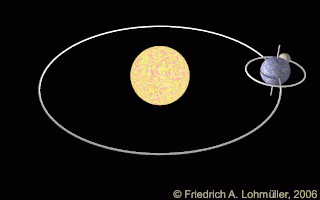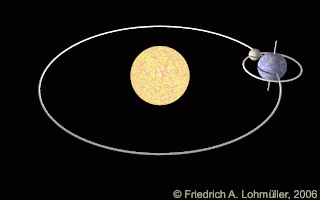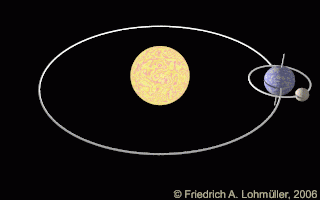
DOME EDUCATION
Portable Planetarium Programs
Instruction and activities are specific to South Carolina Science Standards.
Approximately half the time is devoted to activities intended to explain their observations.
-
The Moon's orbit and apparent change of phase, eclipses and tides
-
Tilt of Earth's axis, the length of day and night and change of seasons
-
Rotation about an axis, Polaris and the apparent motion of the Sun and stars
-
Planetary orbits and retrograde motion
-
The Milky Way, structure of our galaxy and our place within it
-
Meteor showers, the structure of the solar system and our place among the stars
Depending upon your needs, this program can serve as an introduction or culmination to your astronomy unit, or, along with the review booklet, as your students' only instruction for these content standards
8E4 Earth's place in the Universe
A1 Model the position of the Sun and measurement used to locate stars and galaxies
B1 Movement of objects in the solar system
B2 Affect of gravity on motion of objects and tides
B3 Seasons, length of day & night and heating of Earth's surface
B4 Motion of Earth & Moon around Sun cause day/night, year, lunar phases, eclipses & tides
B5 Tilt of Earth's axis affects length of day and causes the change of seasons




One-day Program:
60 - 90 minutes per class, 25 students per class
1. Students model the Moon's orbit and observe lunar phases, lunar and solar eclipses 8.E.4B.4
2. Students model Earth's rotation and observe sunrise/sunset 8.E.4B.4
3. Students model the tilt of Earth's axis and observe the change in the length of day and the path of the Sun through the year 8.E.4B.3
4. Students model Earth's orbit around the Sun and observe the difference between the constellations observable in the Summer and
Winter skies 8.E.4A.1
5. Students locate the positions of the planets based on which planets can be seen at sunset, midnight and sunrise at the time of the
programs and on the constellations in which each planet appears 8.E.4B.1
Three-day Program:
60 - 90 minutes per class, 25 students per class
Added content to One-day program:
1. Students relate the phases of the moon visible in the evening and morning to the Moon's orbit
2. Students model Earth's rotation to understand the apparent circumpolar motion of the sky.
3. Students identify constellations of the Zodiac that can be seen in summer and winter
4. Students use clay to make scale models of the Earth/Moon/Sun and observe the alignment that causes a total solar eclipse.
Mathematics and visual arts integration
5. Students create a model of the solar system on their classroom ceiling including location of the seasons, constellations of the Zodiac,
months and current location of the planets. Inner planets can be moved throughout the rest of the year to reinforce the concepts
and predict which planets will be visible at sunset, midnight and sunrise
Five-days:
60 - 90 minutes per class, 25 students per class
Added content to Three-day program:
1. Students model tides and are shown how tidal interaction transfers angular momentum between Earth and Moon. This explains why
the Moon has the same apparent diameter as the Sun, resulting in the visible corona during total solar eclipses 8.E.4B.2
2. Students use the scale model of the Earth/Moon/Sun to create a scale model of the solar system centered on their school. Orbits of
the outer planets intersect familiar locations in their neighborhood while planets are 1 – 3 inches in diameter. Mathematics and
visual arts integration
3. Students explore, compare and contrast mythologies from Greek/Roman cultures, Native Americans, and other cultures. English
Language Arts and Social Studies integration